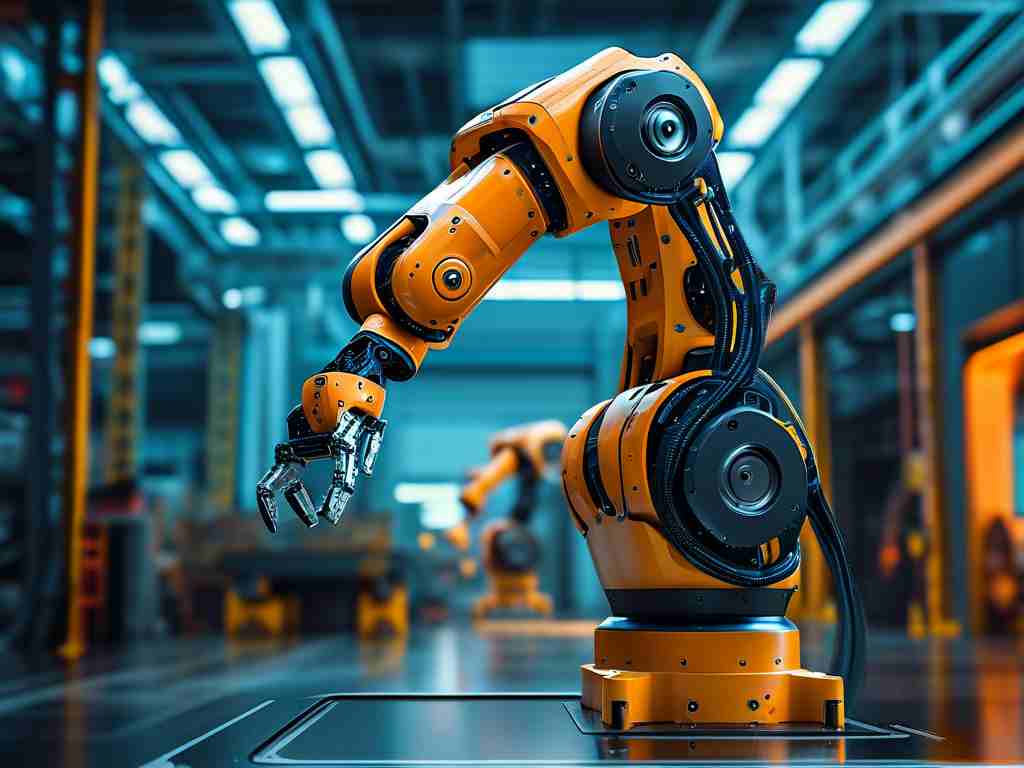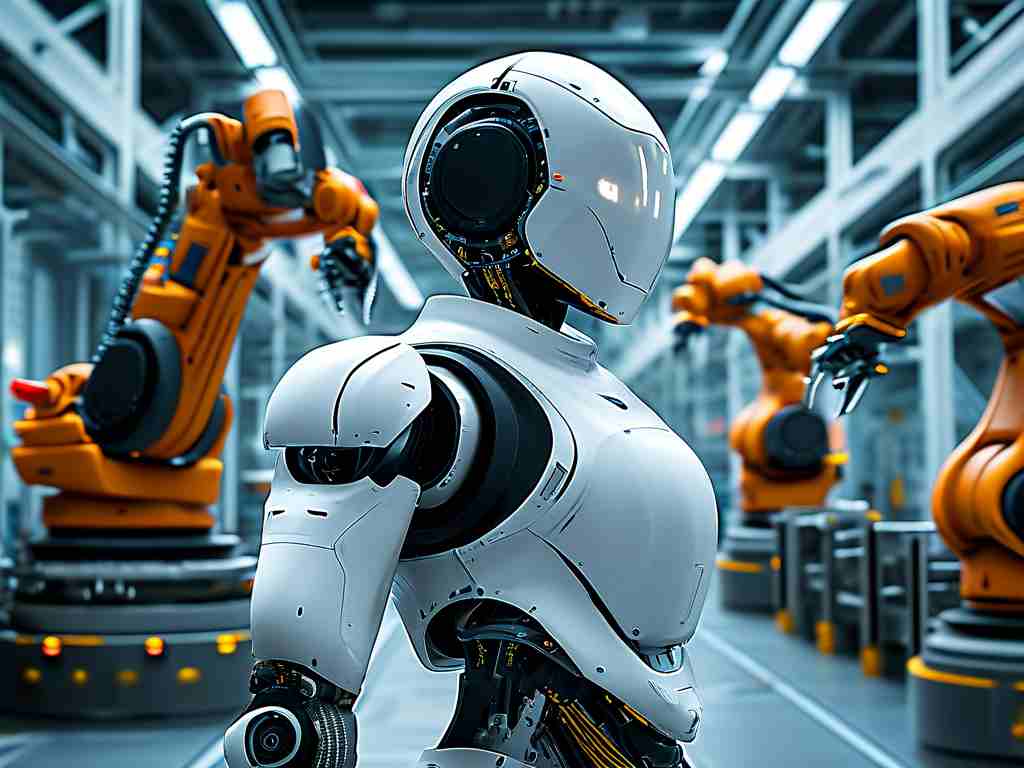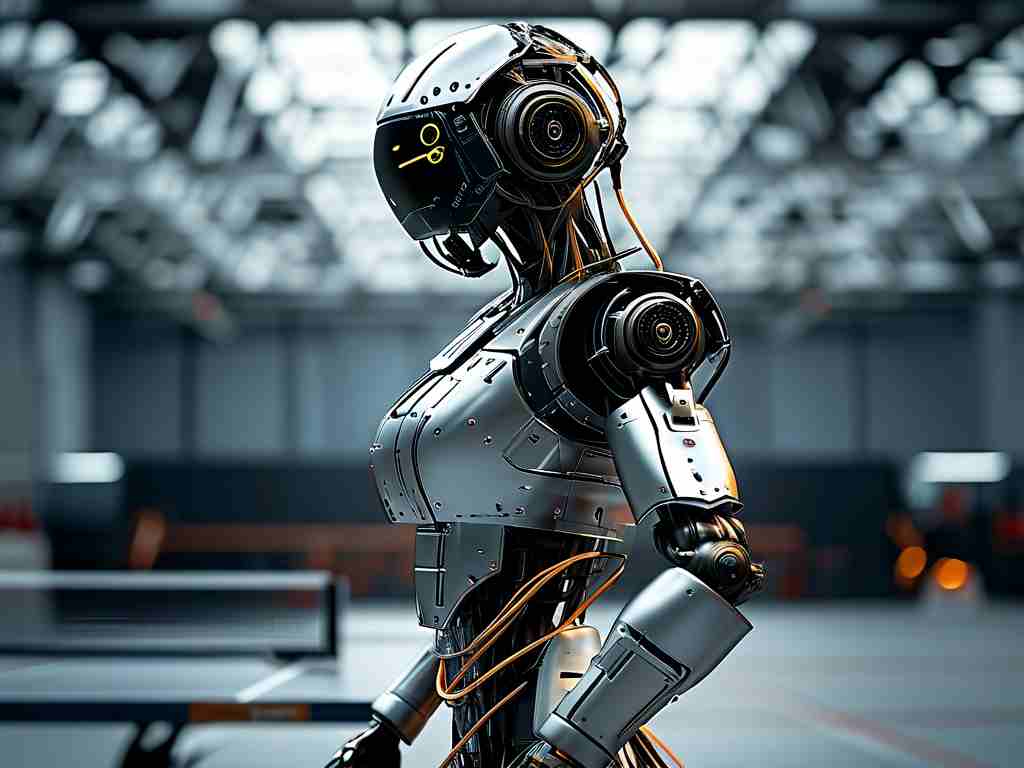The evolution of robotics has pushed the boundaries of automation into uncharted territories, including vertical terrains. Robotic mountain climbing technology represents a fusion of mechanical engineering, artificial intelligence, and adaptive control systems. This article explores the core mechanisms enabling robots to navigate steep slopes, unstable surfaces, and unpredictable outdoor environments.
Sensory Integration for Terrain Analysis
At the heart of robotic climbing systems lies advanced sensor fusion. LiDAR (Light Detection and Ranging) and stereoscopic cameras generate 3D maps of the terrain, while inertial measurement units (IMUs) track the robot’s orientation and acceleration. These sensors feed real-time data to onboard processors, enabling dynamic adjustments to grip strength, limb placement, and weight distribution. For example, when encountering loose gravel, pressure sensors on grippers detect slippage and trigger micro-adjustments in suction or claw tension.
Adaptive Locomotion Strategies
Unlike traditional wheeled or tracked robots, climbing robots employ hybrid locomotion designs. Bio-inspired models mimic the leg-joint coordination of mountain goats or geckos, combining articulated limbs with adhesive pads. Alternatively, modular robots use magnetic grips or vacuum-based attachments for sheer surfaces. A notable case is the "CliffBot" prototype, which switches between quadrupedal walking and inchworm-like anchoring to traverse overhangs. Its algorithm evaluates surface friction and angle to select optimal movement patterns, reducing energy expenditure by 40% compared to fixed-motion systems.
Power Management and Autonomy
Operating in remote mountainous regions demands efficient energy use. Robotic climbers integrate regenerative braking systems that recover kinetic energy during controlled descents. Solar panels or hydrogen fuel cells supplement lithium-ion batteries for extended missions. Autonomous decision-making is critical: machine learning models trained on terrain datasets prioritize routes balancing safety and efficiency. For instance, during a 2023 field test in the Swiss Alps, an autonomous robot rerouted itself 17 times to avoid crevasses detected via thermal imaging, completing a 300-meter ascent without human intervention.
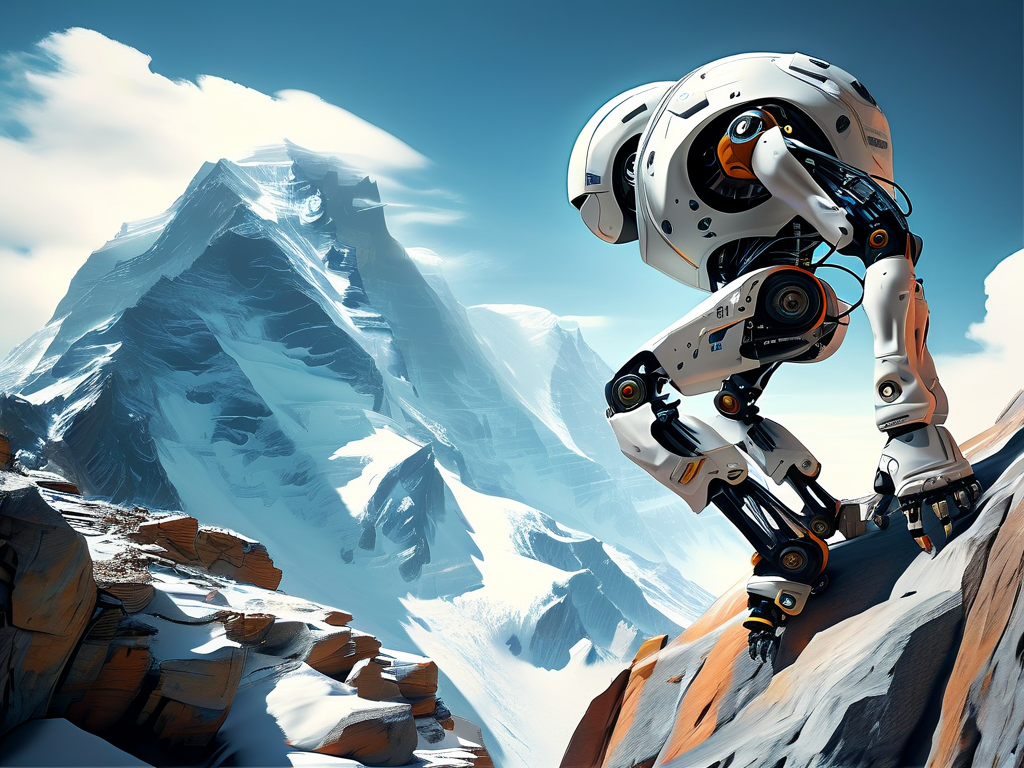
Environmental Interaction Challenges
Variable weather and surface conditions pose unique hurdles. Ice formation on grip surfaces, for example, can disable suction mechanisms. To address this, researchers have developed phase-change materials that release stored heat to melt ice on contact. Similarly, electrostatic adhesion systems maintain grip on wet rock faces by dynamically adjusting voltage based on moisture sensor inputs. These innovations highlight the importance of redundancy—robots often deploy backup tools like ice axes or crampons when primary systems falter.
Human-Robot Collaboration
While full autonomy is the long-term goal, current systems excel in collaborative scenarios. Search-and-rescue robots, such as the "SummitX" series, stream terrain data to human teams via mesh networks, enabling coordinated route planning. Haptic feedback gloves allow operators to "feel" the robot’s grip force, while augmented reality interfaces overlay potential handholds on rocky surfaces. This symbiosis enhances operational safety—a human operator recently guided a robot to stabilize a landslide-prone slope in Nepal using this technology.
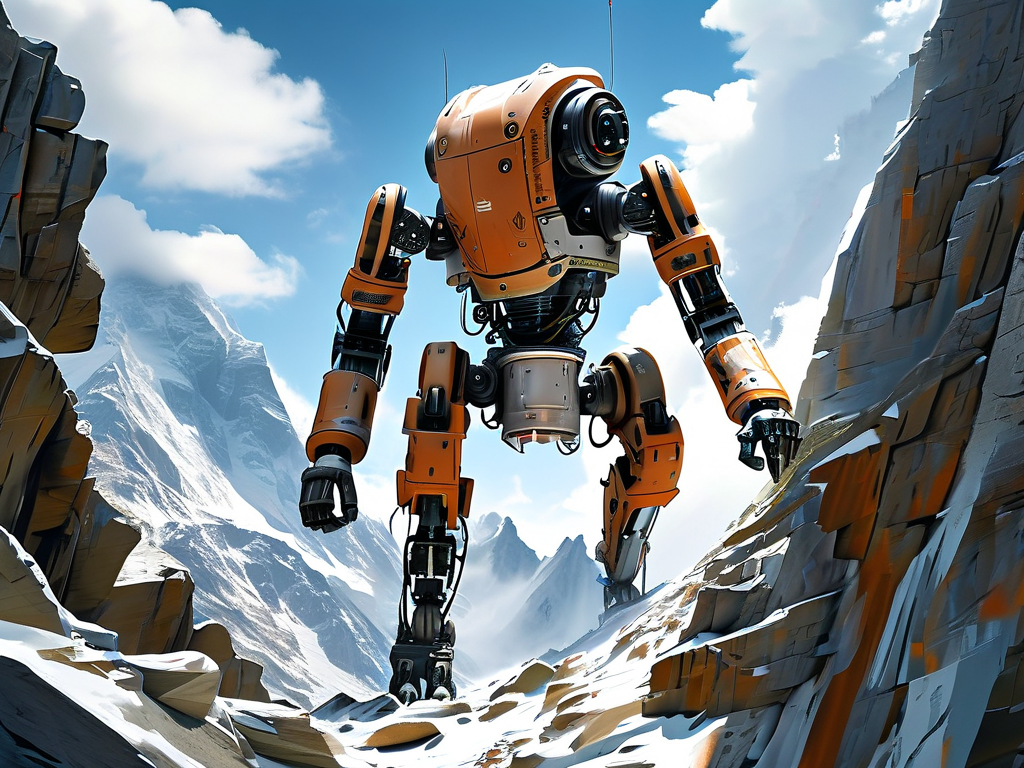
Future Directions
Emerging technologies promise to revolutionize robotic climbing further. Quantum-enabled sensors could provide nanometer-scale surface texture analysis, while metamaterials might enable shape-shifting grippers. Researchers at MIT’s Extreme Environment Robotics Lab are experimenting with "swarm climbing," where multiple small robots collaboratively anchor ropes or carry payloads. Meanwhile, AI-driven simulation platforms like ClimbSIM reduce physical prototyping costs by 60%, accelerating algorithm refinement.
In , robotic mountain climbing technology hinges on the interplay of adaptive hardware, intelligent software, and energy resilience. As these systems mature, they’ll transform industries from geological surveying to disaster response, proving that even the most vertical challenges can be scaled with innovation.



